Bridging Ancient Wisdom with Modern Neuroscience at Taproot Therapy Collective
When we founded Taproot Therapy Collective in Birmingham, Alabama, we faced a fundamental challenge that many modern therapy practices encounter: how do we communicate that we’re both cutting-edge and deeply rooted? Our answer came through understanding the profound power of archetypal psychology in brand development. We wanted our clients to know that while we utilize state-of-the-art neuroscience techniques and evidence-based interventions, we also honor the perennial wisdom that has guided human healing for millennia.
This integration isn’t just a marketing strategy—it represents a fundamental truth about effective psychotherapy. The latest discoveries in neuroscience often validate what depth psychologists like Carl Jung intuited decades ago. The International Association for Analytical Psychology continues to demonstrate how archetypal patterns identified by Jung correspond to neural networks and psychological processes we can now observe through brain imaging. At Taproot, we’ve built our practice on this synthesis, using Jung’s archetypal framework not just to understand our clients, but to define who we are as healers and how we present ourselves to the world.
The decision to embrace archetypal branding transformed how we communicate our mission. Rather than presenting ourselves as just another therapy practice offering CBT and EMDR, we positioned ourselves as guides helping clients navigate the timeless patterns of human experience while utilizing the most advanced therapeutic tools available. This approach resonates deeply because archetypes speak to something fundamental in the human psyche—patterns of meaning that transcend culture and time.
Understanding the Twelve Archetypes Framework
The twelve archetypes framework has become essential for anyone seeking to build an authentic brand identity, whether for a therapy practice, corporation, or personal professional brand. These universal patterns, refined from Jung’s original work and adapted for contemporary use, provide a sophisticated language for understanding and expressing identity. At Taproot Therapy Collective, we’ve extensively explored The 12 Archetypes as both therapeutic tools and branding elements.
Each archetype carries distinct characteristics, values, and ways of solving problems. The Sage seeks truth and wisdom, approaching problems through analysis and understanding. The Innocent maintains faith in goodness and seeks simple, pure solutions. The Creator transforms vision into reality through imagination and artistic expression.
The Explorer pushes boundaries and seeks freedom through discovery and adventure. The Rebel (or Outlaw) disrupts the status quo to create revolutionary change. The Wizard transforms reality through deep knowledge of hidden forces.
The Hero rises to challenges with courage and determination. The Lover creates connection and intimacy through passion and devotion. The Everyman builds belonging through authenticity and common ground. The Caregiver protects and nurtures through compassion and service.
And then there’s The Jester—the archetype that transforms through play, humor, and the creative disruption of rigid patterns.
The Jester Archetype: Master of Transformation Through Play
The Jester archetype, which Jung termed the Trickster, represents one of the most complex and psychologically sophisticated patterns in the collective unconscious. The C.G. Jung Institute of San Francisco maintains extensive archives documenting how this archetype manifests across cultures and throughout history. In Jung’s analysis, found in Volume 9, Part 1 of his Collected Works, the Trickster embodies paradox itself—simultaneously creator and destroyer, wise fool and foolish sage.
What makes the Jester particularly relevant for modern branding and identity work is its ability to navigate the tension between seriousness and playfulness that characterizes contemporary life. In an era of information overload and chronic stress, the Jester offers a vital psychological function: the ability to maintain perspective through humor while facilitating genuine transformation through the disruption of ossified patterns.
The Jester solves problems through reframing, using humor and play to reveal new perspectives that more serious approaches might miss. This archetype excels at making difficult truths palatable, breaking down defenses through laughter rather than confrontation. In therapy, we see Jester energy emerge when clients suddenly laugh at patterns that previously caused only pain—a sign that genuine perspective shift is occurring.
The Neuroscience of Jester Energy
Modern neuroscience validates what Jung intuited about the Trickster’s transformative power. Research from institutions associated with the C.G. Jung Institute of Chicago shows that humor and play activate unique neural networks that facilitate cognitive flexibility and creative problem-solving. When we laugh, our brains release neurotransmitters that temporarily dissolve rigid thought patterns, creating openings for new neural connections.
The Jester archetype leverages what neuroscientists call “cognitive reappraisal”—the ability to reframe situations in ways that reduce their emotional charge while maintaining their informational value. This is precisely what effective therapy often accomplishes, and it’s why therapists who can appropriately channel Jester energy often achieve breakthrough moments with stuck clients.
At Taproot Therapy Collective, we’ve observed that clients who can access their inner Jester—who can laugh at their struggles without minimizing them—often show more rapid progress in therapy. This isn’t about making light of serious issues; it’s about developing the psychological flexibility to hold multiple perspectives simultaneously, a capacity the Jungian Center for the Spiritual Sciences identifies as crucial for individuation.
Archetypal Branding in Corporate Identity
The corporate world has increasingly recognized the power of archetypal branding, with major companies aligning themselves with specific archetypes to create coherent, emotionally resonant brand identities. Understanding these alignments provides valuable insights for anyone building a brand, whether corporate or personal.
The Hero: Nike’s Triumphant Journey
Nike exemplifies the Hero archetype in corporate branding. Their “Just Do It” campaign doesn’t sell shoes—it sells the journey of overcoming obstacles and achieving greatness. Every Nike advertisement tells a hero’s story: the athlete facing adversity, pushing through limitations, achieving the impossible. This archetypal alignment has made Nike not just a sports brand but a symbol of human potential and determination.
The Hero archetype works for Nike because it aligns with their core customer’s psychological needs: the desire to overcome, to achieve, to become more than they currently are. This is problem-solving through courage and determination, values that resonate deeply in competitive sports and personal fitness.
The Magician: Apple’s Reality Distortion Field
Apple has masterfully embodied the Magician archetype, positioning itself as the brand that makes the impossible possible. Steve Jobs was often described as having a “reality distortion field”—a perfect expression of Magician energy. Apple doesn’t just sell technology; it sells transformation, the promise that their products will fundamentally change how you experience the world.
The Magician solves problems through transformation and vision, seeing possibilities others miss and making them real. Apple’s brand promise has always been about more than features and specifications—it’s about participating in a vision of the future that’s more beautiful, more intuitive, more human than the present.
The Jester: Breaking Rules with Humor
Brands that embody the Jester archetype use humor and irreverence to connect with audiences tired of corporate stuffiness. Old Spice transformed from a grandfather’s cologne to a viral sensation by embracing absurdist Jester energy. Skittles creates surreal, playful campaigns that bear no logical connection to candy but create memorable emotional experiences.
These brands understand that the Jester doesn’t just entertain—it gives permission to not take things so seriously, creating psychological breathing room in an often overwhelming world. The Jung Center of Houston notes that Jester brands often achieve fierce loyalty because they provide something beyond product utility: they provide psychological relief.
The Outlaw: Harley-Davidson’s Rebellion
Harley-Davidson has built an empire on the Outlaw archetype, selling not just motorcycles but rebellion itself. Their brand promises freedom from conformity, the open road as escape from societal constraints. This archetypal alignment is so powerful that Harley owners often describe their bikes in quasi-religious terms—the brand has achieved what marketers call “cult status.”
The Outlaw solves problems by breaking rules and challenging systems. For Harley riders, the motorcycle represents a solution to the problem of modern conformity and constraint. The brand’s success demonstrates how archetypal alignment can create communities, not just customer bases.
The Caregiver: Johnson & Johnson’s Nurturing Presence
Johnson & Johnson embodies the Caregiver archetype, positioning itself as the protector of family health and wellbeing. Their “No More Tears” campaign for baby shampoo perfectly captures Caregiver energy—the promise to protect the vulnerable from harm. This archetypal alignment creates trust, the most valuable currency in healthcare branding.
The Magician: Disney’s Enchanted Kingdom
Disney operates as the ultimate Magician brand, literally creating “magical kingdoms” where impossible things happen daily. Disney doesn’t sell theme park tickets; it sells transformation into a world where dreams come true. Their meticulous attention to maintaining the “magic”—never breaking character, hiding mundane operations from guest view—demonstrates deep understanding of their archetypal role.
Building Your Therapy Practice Brand Through Archetypes
For therapists and mental health professionals, understanding archetypes offers a sophisticated framework for practice differentiation. The C.G. Jung Institute of Los Angeles emphasizes that archetypal awareness isn’t just therapeutic technique—it’s a way of understanding one’s professional identity and communicating it effectively.
Identifying Your Practice’s Archetypal Identity
Start by examining your therapeutic approach and values. Are you the Sage therapist, offering wisdom and insight through careful analysis? The Caregiver, providing nurturing support through difficult times? The Magician, facilitating profound transformation? Or perhaps the Jester, using appropriate humor and playfulness to help clients gain perspective?
At Taproot Therapy Collective, we recognized that we embody multiple archetypes, with different therapists naturally aligning with different patterns. This diversity becomes a strength when consciously cultivated and communicated. Some clients need the Sage’s wisdom, others the Caregiver’s compassion, still others the Jester’s perspective-shifting humor.
Consider your therapeutic style and the problems you best solve:
Sage-aligned therapists excel at helping clients understand patterns, gain insight, and develop wisdom from their experiences. They attract clients seeking to understand “why” and develop deeper self-knowledge.
Hero-aligned therapists specialize in helping clients overcome specific challenges and achieve goals. They attract clients ready for action and change.
Magician-aligned therapists facilitate deep transformation, often through innovative or alternative approaches. They attract clients seeking fundamental life changes.
Jester-aligned therapists help clients develop perspective and resilience through appropriate humor and reframing. They attract clients who feel stuck in overly serious or rigid patterns.
Expressing Archetypal Identity in Practice Marketing
Once you’ve identified your archetypal alignment, every aspect of your practice communication can reinforce this identity. The C.G. Jung Institute of New York teaches that authentic archetypal expression creates immediate recognition and resonance with ideal clients.
Website design should reflect your archetype visually and textually. A Sage practice might feature clean, scholarly design with emphasis on credentials and approach. A Jester practice might use playful colors and conversational tone. A Magician practice might employ mysterious, transformative imagery.
Content creation becomes more focused when filtered through archetypal awareness. A Caregiver therapist might blog about self-compassion and healing. An Explorer therapist might write about the journey of self-discovery. A Rebel therapist might challenge conventional mental health wisdom.
Office environment can reinforce archetypal identity. The C.G. Jung Institute of Colorado notes that physical spaces carry archetypal energy. A Sage’s office might resemble a library or study. A Creator’s space might feature art and creative materials. A Jester’s room might include playful elements that give permission for lightness.
Personal Branding: Archetypes in Resume and Career Development
Understanding archetypes revolutionizes personal branding and career development. Rather than listing skills and experiences, you can present yourself as a coherent archetypal character solving specific types of problems in distinctive ways.
Resume Writing Through Archetypal Lens
Traditional resumes list qualifications; archetypal resumes tell stories. Consider how different archetypes might present the same experience:
The Hero Resume emphasizes challenges overcome, goals achieved, obstacles surmounted. Every position becomes a quest completed, every achievement a dragon slain. Use active voice and conquest language: “Led team through company’s most challenging restructuring,” “Overcame budget constraints to deliver project ahead of schedule.”
The Sage Resume highlights knowledge gained, wisdom developed, insights discovered. Emphasize learning, analysis, and understanding: “Developed comprehensive understanding of market dynamics,” “Created analytical framework adopted company-wide.”
The Creator Resume showcases innovations, original solutions, and creative approaches. Emphasize what you’ve built or transformed: “Designed award-winning campaign,” “Reimagined customer service approach resulting in 40% satisfaction increase.”
The Jester Resume might even use appropriate humor while maintaining professionalism, demonstrating the ability to bring lightness to serious work: “Transformed dreaded monthly reports into team’s favorite meeting (yes, really),” “Made compliance training surprisingly enjoyable (employee words, not mine).”
Interview Preparation and Archetypal Consistency
Job interviews become more authentic when you understand your archetypal identity. The International Association for Analytical Psychology notes that people instinctively recognize and respond to archetypal patterns. When you consistently embody an archetype, you become memorable and trustworthy.
Prepare stories that reinforce your archetypal identity. A Caregiver might share examples of supporting team members through difficulties. An Explorer might discuss times they ventured into unknown territory to find solutions. A Jester might describe using humor to defuse tense situations or help teams gain perspective.
Archetypes in Architecture and Environmental Design
Physical spaces embody archetypal energies, influencing how people feel and behave within them. This understanding proves invaluable for therapy practices, corporate offices, and retail environments.
The Sage Space: Libraries and Universities
Sage architecture emphasizes knowledge, contemplation, and wisdom. Think of university libraries, with their soaring ceilings suggesting elevated thought, quiet spaces for contemplation, and visible books representing accumulated knowledge. The C.G. Jung Institute Zurich building itself embodies Sage architecture, creating an environment conducive to deep psychological work.
The Hero Space: Gyms and Stadiums
Hero architecture inspires action and achievement. Modern gyms use industrial design elements suggesting strength and determination. Stadiums create amphitheaters for heroic display. These spaces physically embody the Hero’s journey, with clear paths, visible goals, and monuments to achievement.
The Jester Space: Creative Agencies and Play Areas
Jester architecture breaks conventional rules, using unexpected elements, bright colors, and playful design. Google’s offices famously include slides, game rooms, and whimsical meeting spaces. These environments give permission for the kind of cognitive flexibility and creative thinking the Jester archetype facilitates.
The Magician Space: Transformative Environments
Magician architecture creates mystery and possibility. Think of spaces like the Apple Store, with their minimal design that makes products seem to float, or transformative spa environments that promise renewal. These spaces suggest that normal rules don’t quite apply here—transformation is possible.
Leadership Styles and Archetypal Management
Leadership effectiveness often correlates with conscious archetypal embodiment. Different situations call for different archetypal energies, and skilled leaders can shift between archetypes as needed.
The Sage Leader: Leading Through Wisdom
Sage leaders like Warren Buffett build authority through knowledge and insight. They solve problems through careful analysis and accumulated wisdom. Sage leadership works best in complex situations requiring deep understanding and long-term thinking.
These leaders create learning organizations, emphasizing continuous improvement and knowledge development. They mentor rather than command, teaching through socratic questioning and guided discovery.
The Hero Leader: Leading Through Action
Hero leaders inspire through personal example and courageous action. Think of leaders who turn around failing companies or lead teams through crisis. They solve problems through determination and decisive action.
Hero leadership excels in crisis situations or when organizations need rapid transformation. These leaders create cultures of achievement and excellence, setting ambitious goals and personally demonstrating the commitment required to achieve them.
The Jester Leader: Leading Through Perspective
Jester leaders use humor and irreverence to keep organizations flexible and creative. Leaders like Richard Branson embody this archetype, using playfulness to make business fun while maintaining serious success.
Jester leadership prevents organizational ossification, keeping teams adaptable and resilient. These leaders create psychologically safe environments where people can take risks, make mistakes, and maintain perspective through challenges.
The Magician Leader: Leading Through Vision
Magician leaders like Steve Jobs or Elon Musk promise transformation and make the impossible seem achievable. They solve problems by reframing reality itself, seeing possibilities others miss.
Magician leadership works when organizations need fundamental transformation or when entering entirely new territories. These leaders create reality distortion fields that allow teams to achieve beyond their perceived limitations.
The Shadow Side of Archetypal Branding
Jung emphasized that every archetype has a shadow—a dark or immature expression that emerges when the archetype becomes imbalanced or unconscious. Understanding these shadows is crucial for authentic, ethical branding.
The Jester’s Shadow: The Cruel Mocker
When Jester energy becomes shadowed, humor turns cruel, and play becomes manipulation. Brands or individuals operating from Jester shadow mock rather than include, using “just joking” to excuse harmful behavior. The healthy Jester brings people together through shared laughter; the shadow Jester divides through ridicule.
We see this in brands that use mean-spirited humor or individuals who can’t engage seriously when seriousness is needed. At Taproot Therapy Collective, we help clients recognize when their Jester has become defensive armor preventing genuine connection.
The Hero’s Shadow: The Bully
Shadow Hero energy manifests as domination rather than protection, conquest rather than achievement. Brands operating from Hero shadow create cultures of toxic competition. Leaders in Hero shadow become tyrants who must always win, even at others’ expense.
The Sage’s Shadow: The Know-It-All
Shadow Sage energy becomes intellectual arrogance, using knowledge as a weapon rather than a gift. These brands or individuals hide behind credentials and complexity, making others feel stupid rather than helping them understand.
Recognizing and Integrating Shadow Elements
The C.G. Jung Institute of Seattle emphasizes that shadow work is essential for authentic archetypal embodiment. Rather than trying to eliminate shadow elements, we must recognize and integrate them consciously.
For brands, this means acknowledging limitations and avoiding the temptation to present only positive aspects. A Jester brand must know when to be serious. A Hero brand must acknowledge vulnerability. A Sage brand must admit what it doesn’t know.
Practical Exercises for Archetypal Brand Development
Understanding archetypes intellectually differs from embodying them authentically. These exercises, developed from techniques used at various Jung Institutes worldwide, help individuals and organizations discover and develop their archetypal identity.
The Archetypal Inventory
List your core values, the problems you best solve, and the methods you prefer using. Look for patterns that suggest archetypal alignment. Do you consistently help people overcome obstacles (Hero)? Do you excel at helping others see new perspectives (Jester)? Do you naturally nurture and protect (Caregiver)?
The Shadow Dialogue
Write a dialogue between your preferred archetype and its shadow. Let the shadow voice its concerns and desires. What does your shadow Jester want to mock? What does your shadow Hero want to dominate? Understanding these impulses helps prevent unconscious shadow expression.
The Archetypal Council
Imagine convening a council of all twelve archetypes to discuss your brand or career challenge. What would each archetype advise? This exercise helps you access different problem-solving approaches and recognize which archetypes you naturally favor or resist.
The Client Journey Map
Map your ideal client or customer’s journey through archetypal stages. Where do they begin (perhaps in Innocent trust or Explorer searching)? What transformation do you facilitate (Hero achievement, Magician transformation, Sage understanding)? This helps align your brand with client needs.
The Integration of Neuroscience and Archetypal Wisdom
At Taproot Therapy Collective, our integration of cutting-edge neuroscience with archetypal depth psychology represents more than a marketing strategy—it reflects a fundamental truth about human psychology. The patterns Jung identified as archetypes correspond to neural networks and psychological processes we can now observe and measure.
Modern neuroscience reveals that archetypal patterns activate specific brain regions associated with social cognition, emotional processing, and meaning-making. When we encounter archetypal stories or images, our brains respond as if recognizing something deeply familiar, even if consciously new.
This neurobiological basis for archetypal recognition explains why archetypal branding proves so effective. We’re not creating artificial categories but tapping into existing neural patterns that organize human experience. The IAAP continues to support research exploring these connections between Jungian psychology and neuroscience.
The Default Mode Network and Archetypal Processing
The brain’s default mode network, active during rest and introspection, appears particularly involved in archetypal processing. This network helps us understand ourselves in relation to others and construct coherent narratives from experience—precisely what archetypes facilitate.
When brands successfully align with archetypes, they activate this meaning-making network, creating deeper engagement than feature-based marketing ever could. This isn’t manipulation but resonance—offering stories and symbols that help people understand their own experience.
Mirror Neurons and Archetypal Identification
Mirror neuron research suggests we understand others by internally simulating their experiences. When we encounter clear archetypal expression—whether in a person, brand, or story—our mirror neurons fire as if we were embodying that archetype ourselves.
This explains why we feel personally invested in archetypal brands or leaders. When Nike tells a Hero story, our brains simulate the heroic journey. When a therapist embodies the Wise Old Man or Woman archetype, clients’ brains pattern themselves on that wisdom.
The Future of Archetypal Branding
As artificial intelligence and virtual reality reshape how we interact with brands and each other, archetypal understanding becomes more, not less, relevant. These technologies amplify our need for meaningful patterns that help us navigate increasing complexity.
AI and Archetypal Recognition
AI systems increasingly recognize and respond to archetypal patterns in human communication. Chatbots and virtual assistants that embody consistent archetypes create more satisfying user experiences. As AI becomes more sophisticated, understanding archetypes helps humans and machines communicate more effectively.
Virtual Spaces and Archetypal Environments
Virtual and augmented reality allow creation of purely archetypal spaces unconstrained by physical limitations. Imagine therapy conducted in virtual environments that perfectly embody the archetypal energy needed for healing—a Hero’s training ground, a Sage’s library, a Magician’s laboratory.
Global Brands and Cultural Translation
As brands operate globally, archetypes provide universal languages that transcend cultural differences while allowing local expression. The Hero looks different in different cultures but remains recognizable. The Jester takes culturally specific forms while maintaining universal appeal.
Building Your Archetypal Brand: A Strategic Framework
Creating an authentic archetypal brand requires systematic approach and ongoing refinement. This framework, developed from our experience at Taproot Therapy Collective and insights from Jungian training institutes worldwide, provides a practical pathway.
Phase 1: Discovery and Assessment
Begin with honest self-assessment or organizational evaluation. What problems do you naturally solve? What methods feel most authentic? What outcomes do you consistently achieve? Look for patterns suggesting archetypal alignment.
Consider conducting archetypal assessments with team members or trusted colleagues. Often others see our archetypal nature more clearly than we see ourselves. The C.G. Jung Institute of Los Angeles offers resources for formal archetypal assessment.
Phase 2: Alignment and Integration
Once you’ve identified your primary archetype(s), examine every aspect of your brand or practice for alignment. Does your visual identity reflect your archetype? Does your communication style embody it? Are your services or products natural expressions of your archetypal identity?
This phase often reveals incongruences—places where you’re trying to be something you’re not. A natural Caregiver trying to project Hero energy, or a Jester forcing themselves into Sage seriousness. These incongruences create brand confusion and personal exhaustion.
Phase 3: Expression and Refinement
Begin expressing your archetypal identity consistently across all touchpoints. This doesn’t mean becoming a caricature—authentic archetypal expression includes nuance and depth. A Jester brand can have serious moments; a Sage brand can display humor.
Pay attention to response. When you align with your authentic archetype, you’ll notice increased engagement, clearer communication, and clients or customers who “get” you immediately. When you force an inauthentic archetype, interactions feel strained and outcomes disappoint.
Phase 4: Evolution and Shadow Work
Archetypal identity isn’t static. As you grow, your relationship with archetypes evolves. The Jungian Center for the Spiritual Sciences emphasizes that individuation involves integrating multiple archetypes over a lifetime.
Regular shadow work prevents your archetype from becoming rigid or turning dark. Stay alert to signs of shadow emergence: increasing cynicism (shadow Jester), bullying behavior (shadow Hero), or intellectual arrogance (shadow Sage).
The Jester’s Gift: Integration Through Play
Returning to the Jester archetype that sparked this exploration, we find profound wisdom for our contemporary moment. In an era of unprecedented complexity and seriousness, the Jester offers essential medicine: the ability to maintain perspective through play, to transform through laughter, to find wisdom in folly.
The Jester reminds us that all archetypal identities, all brands, all professional personas are ultimately games we play—serious games with real consequences, but games nonetheless. This perspective doesn’t diminish their importance but prevents them from becoming prisons.
At Taproot Therapy Collective, we’ve learned that integrating Jester energy—the ability to laugh at ourselves, to play with serious work, to find lightness in darkness—makes all other archetypal work more effective. The Jester keeps the Hero from becoming rigid, the Sage from becoming pompous, the Caregiver from becoming depleted.
For brands, the Jester function means maintaining flexibility and humanity even while projecting consistent archetypal identity. It means acknowledging the performative aspect of branding while still engaging authentically. It means taking your mission seriously without taking yourself too seriously.
Your Archetypal Journey
Understanding and embodying archetypes transforms how we present ourselves professionally, build organizations, and create meaningful connections. Whether you’re developing a therapy practice like ours at Taproot Therapy Collective, building a corporate brand, or defining your personal professional identity, archetypal awareness provides a sophisticated framework for authentic expression.
The twelve archetypes—Innocent, Sage, Explorer, Hero, Outlaw, Magician, Everyman, Jester, Lover, Caregiver, Creator, and Ruler—offer distinct paths for solving problems and creating value. By identifying and authentically embodying your archetypal nature, you create immediate recognition and deep resonance with those you’re meant to serve.
This isn’t about putting on a mask but removing the masks that obscure your authentic nature. When you align with your true archetype, work becomes play, struggle becomes story, and brand becomes being. The ancient wisdom Jung discovered in humanity’s collective unconscious proves remarkably relevant for contemporary challenges, offering timeless patterns for navigating change while maintaining coherent identity.
As we continue integrating neuroscience discoveries with perennial wisdom at Taproot Therapy Collective, we’re continually amazed by the archetypes’ explanatory and transformative power. They provide languages for experiences that otherwise remain wordless, patterns that organize chaos into meaning, and bridges between ancient wisdom and modern knowledge.
Your archetypal journey has already begun—you’ve been living archetypal patterns your entire life. The question isn’t whether to embody an archetype but whether to do so consciously, authentically, and effectively. In that consciousness lies the difference between a forgettable brand and an unforgettable presence, between a job and a calling, between a business and a mission.
The Jester laughs, knowing that in play we find our most serious truths. The Hero stands ready for the next challenge. The Sage contemplates the deeper patterns. The Creator envisions new possibilities. Which archetype calls to you? How will you answer? Your authentic expression awaits, and the world needs the unique gift only you can offer through your archetypal embodiment.
Welcome to the profound journey of archetypal brand development—where ancient wisdom meets modern practice, where depth psychology meets neuroscience, and where your authentic nature becomes your greatest professional asset. At Taproot Therapy Collective, we’ve found that this integration of old and new, deep and scientific, serious and playful, creates healing possibilities neither approach alone could achieve. We invite you to discover the same in your own professional journey.

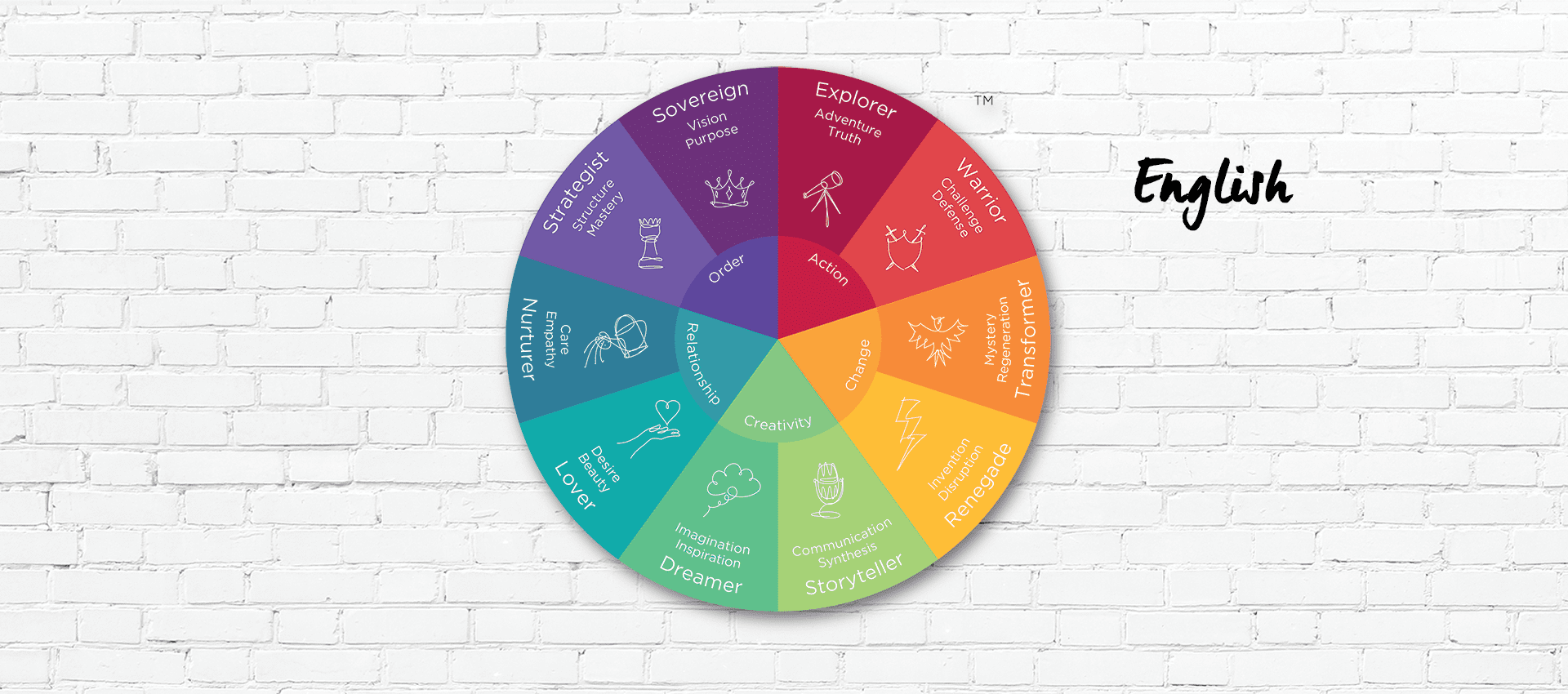
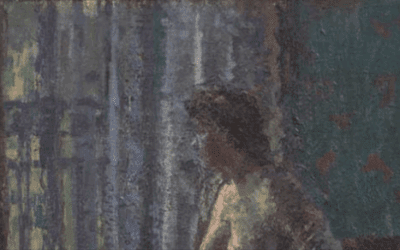
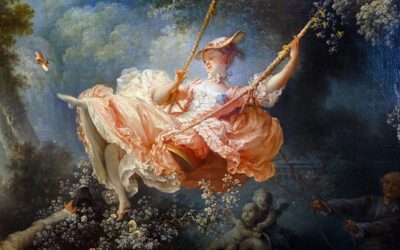


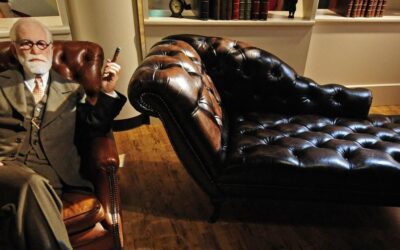
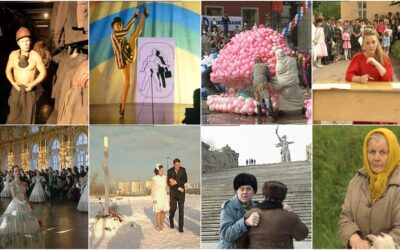



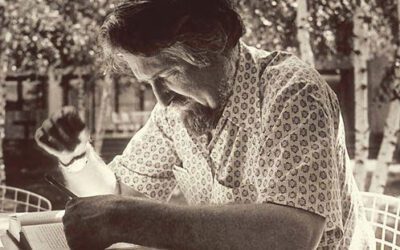

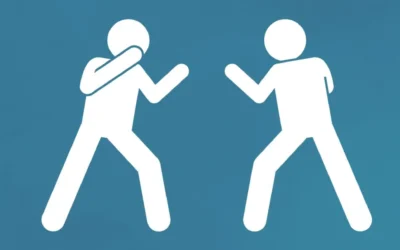




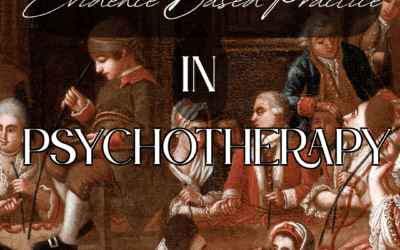
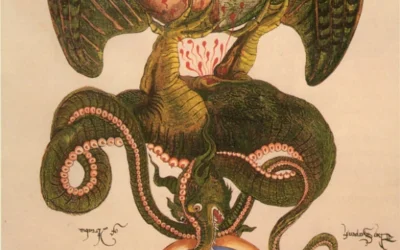
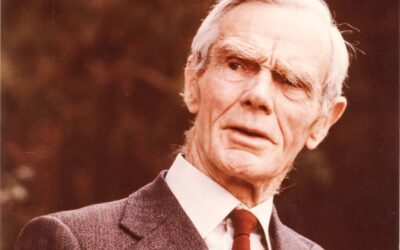


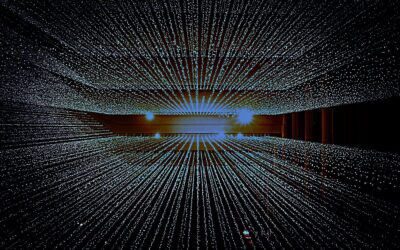
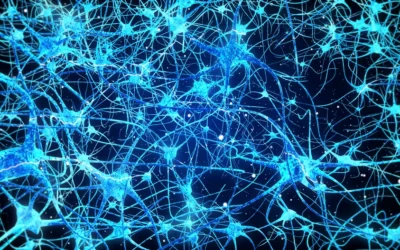
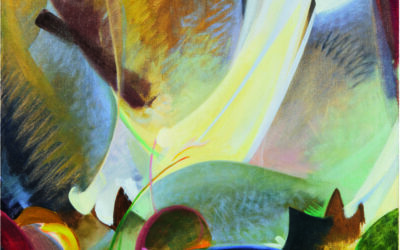
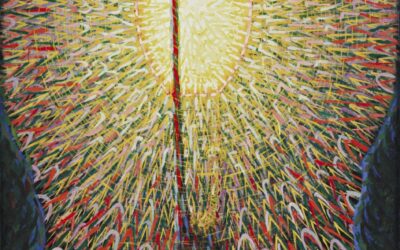
0 Comments